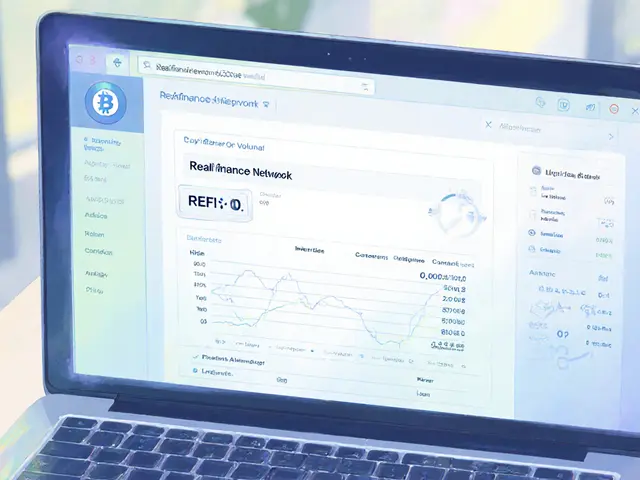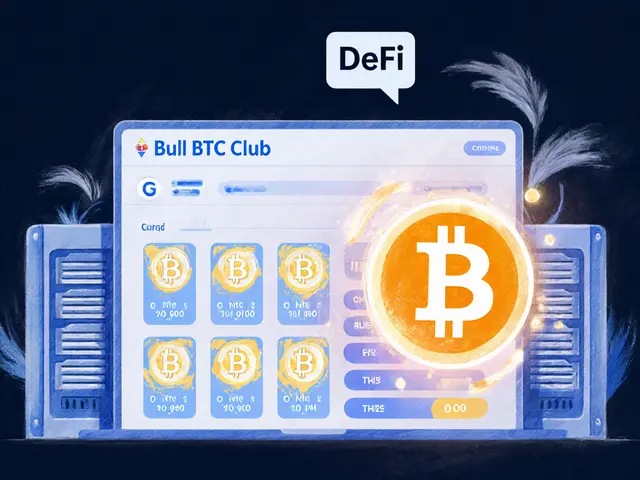ZBG Fees – A Practical Guide to Trading Costs on ZBG Exchange
When you hear about ZBG fees, the set of charges you pay for each trade, deposit, or withdrawal on the ZBG platform, it’s easy to assume they’re just a flat number. In reality, ZBG fees are a layered structure that includes maker‑taker rates, volume‑based tiers, and optional discounts for holding ZBG’s native token. Understanding this structure lets you calculate exact costs, avoid surprises, and even shave off a few percent when you trade a lot. ZBG fees encompass maker and taker charges, require knowledge of fee tiers, and are influenced by the fee‑discount program – three core ideas that shape every transaction on the exchange.
Key Components of the ZBG Fee Structure
The ZBG exchange, a global crypto spot and derivatives marketplace follows a typical maker‑taker model: makers add liquidity and pay a lower rate, while takers remove liquidity and face a slightly higher rate. Both rates start at 0.15% for makers and 0.20% for takers, but they drop as your 30‑day trading volume climbs. For example, hitting the Silver tier (over $200,000 volume) reduces maker fees to 0.08% and taker fees to 0.12%. The Gold and Platinum tiers push those numbers even lower. Alongside trade fees, ZBG also charges withdrawal fees that differ by coin – a flat 0.001 BTC for Bitcoin, 0.01 ETH for Ethereum, and variable amounts for less common assets. Finally, the platform offers a fee‑discount program, a loyalty scheme that gives extra fee reductions to users who hold ZBG’s native token. Holding 100 ZBG can knock another 0.02% off each trade, stacking on top of volume‑based cuts. These three elements – maker‑taker rates, tiered volume discounts, and token‑based rebates – form the backbone of the ZBG fee ecosystem.
Armed with this overview, you can now compare ZBG’s cost profile against other venues, decide whether to become a market maker, or calculate the exact fee you'd pay on a $10,000 trade at your current tier. Below you’ll find a curated list of articles that dig deeper into each piece of the puzzle: from step‑by‑step guides on checking your fee tier, to real‑world examples of how the discount program impacts high‑frequency traders, and even tips on minimizing withdrawal costs. Use these resources to fine‑tune your strategy and keep more of your crypto where it belongs – in your wallet.

A detailed ZBG exchange review covering volume claims, fees, security, regulatory status, user experience, and how it stacks up against Binance and Coinbase.
Jonathan Jennings Oct 12, 2025




